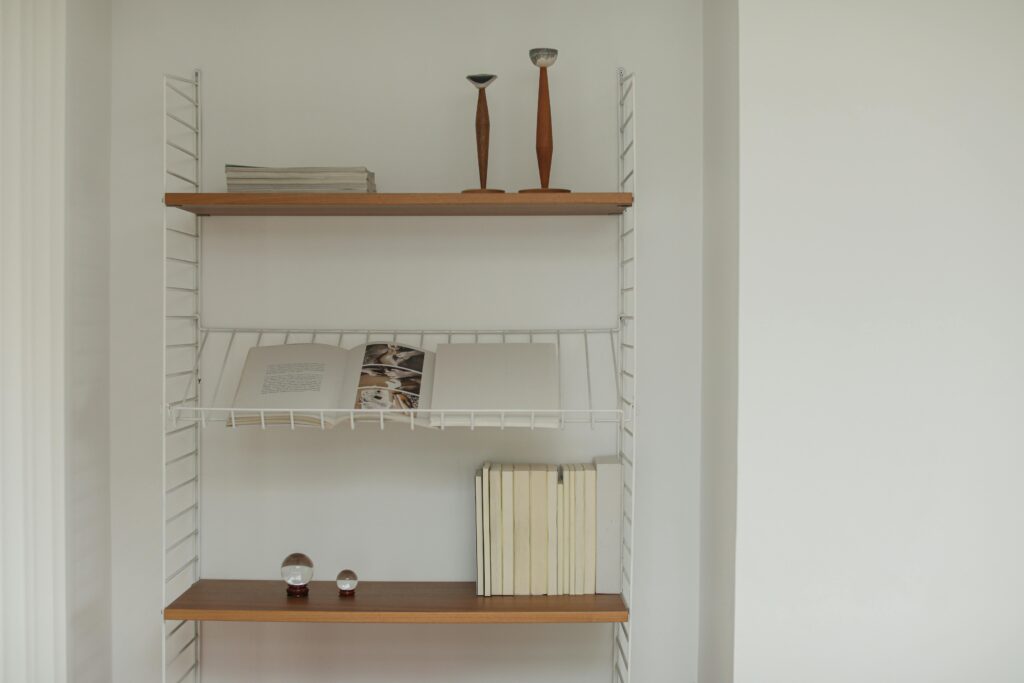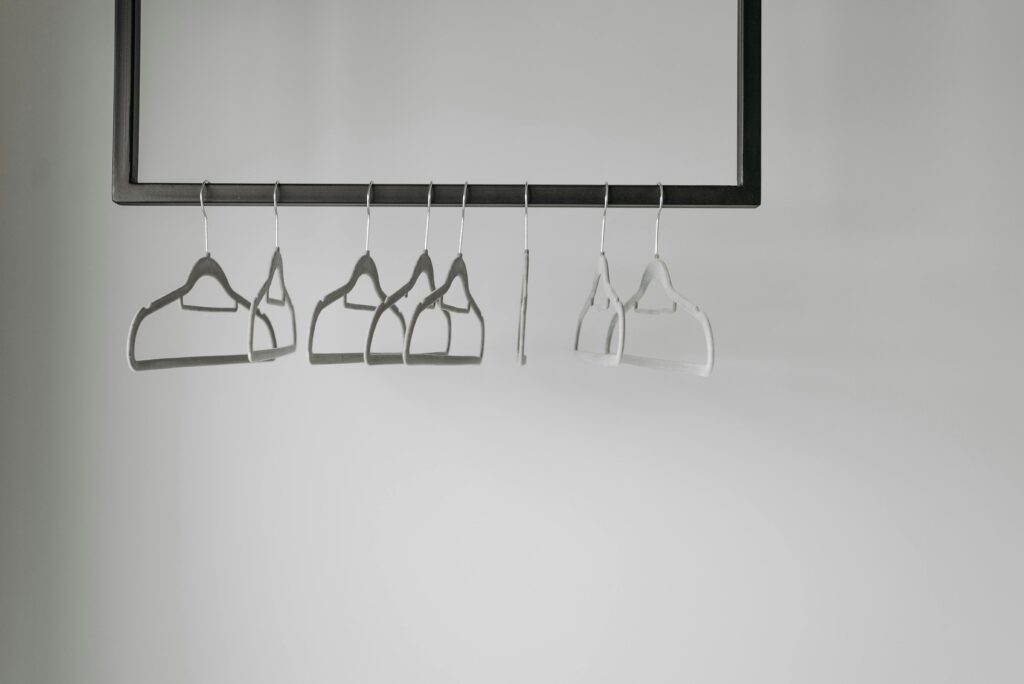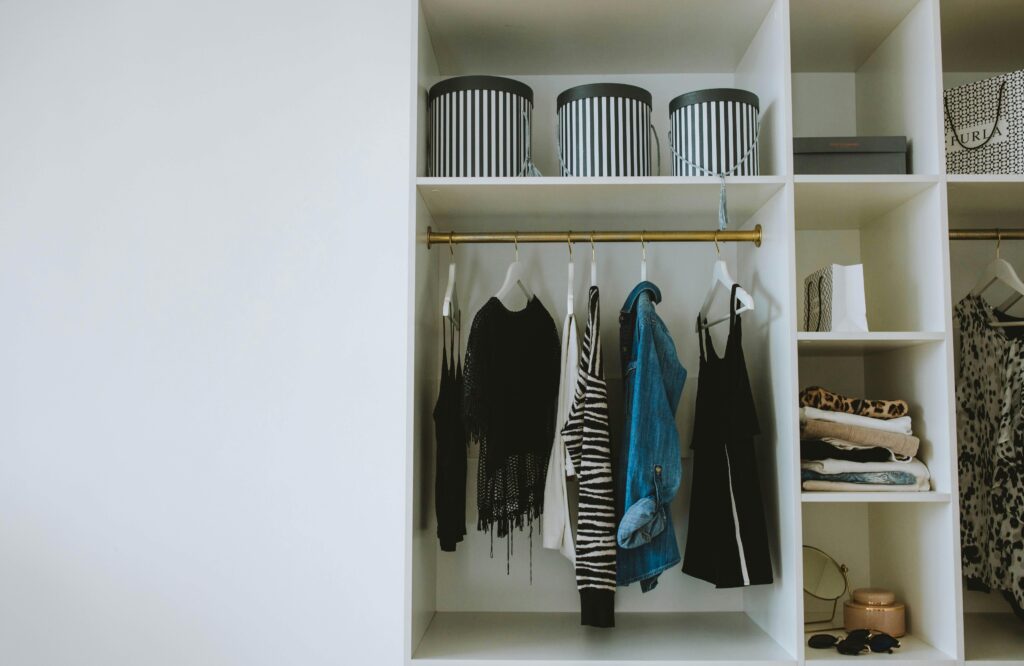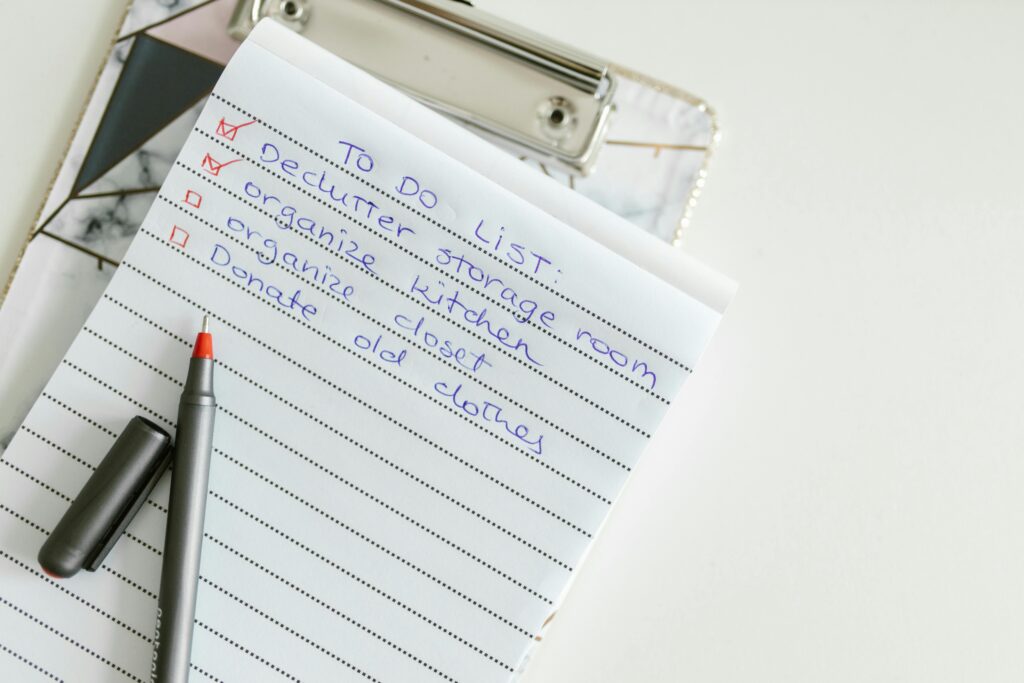Table of Contents
Have you ever spent an entire weekend organizing your home, only to find everything back to chaos within days? You’re not alone. Most of us are making critical organizing mistakes without even realizing it.
The problem isn’t your lack of effort but that you’ve been taught the wrong way to organize. Let’s look at why you’re organizing all wrong and how to fix it for good.
The Organizing Myths Holding You Back

We all grew up with certain ideas about organizing. Most of them are flat-out wrong.
Myth 1: Organizing is About Making Things Look Pretty
The biggest myth is that organizing is about making things look pretty.
Those perfect pantries and color-coded closets you see online? They often fail within weeks because they focus on looks rather than function.
Real organizing is about creating systems that work with your actual habits, not against them.
Myth 2: You Need to Organize Everything at Once
Another myth is that you need to organize everything at once. This “all or nothing” mindset is why most organizing efforts crash and burn. Your home didn’t get disorganized overnight, and it won’t get organized overnight either.
Myth 3: Buying Storage Solutions is the First Step
Last but not least, many people believe that buying bins and baskets is the first step to getting organized. In reality, those storage solutions often become part of the problem, creating more stuff to manage rather than solving the core issue.
Why Traditional Organizing Methods Fail

Traditional organizing methods tend to fail for several key reasons:
- They ignore your real-life patterns. If you’re right-handed and the tool drawer is on the left side of your workshop, you’ll never put things back properly.
- They create too many steps. Each extra step between using something and putting it away increases the chance it ends up on a counter or table instead.
- They focus on categories that don’t match how you think. Organizing books by color might look nice, but if you remember books by subject, you’ll never find anything.
- They don’t account for changes in season or lifestyle. An organizing system that works in summer may completely fall apart when winter coats and boots enter the picture.
The result? You get frustrated, give up, and the cycle continues.
Start With Why, Not What

Before buying a single storage bin, ask yourself why things get messy in the first place.
Think about the last time your workshop became disorganized. Was it because you were rushing to finish a project? Did you have tools without a designated home? Were storage areas too hard to access?
Understanding the “why” helps you create solutions that address the real problem.
For example, in my workshop, tools used to pile up on my workbench. When I analyzed why, I realized it wasn’t laziness. The tool cabinet was too far from where I worked. Moving the cabinet closer to my workbench solved the problem almost instantly.
This principle applies everywhere. Kitchen counter always cluttered? Maybe the items there need a more accessible home. Laundry piling up? Perhaps the hamper is in the wrong location.
The Zone System

Instead of organizing by category (all books together, all tools together), try organizing by zone. That is, the areas where you actually use things.
In your home, you can create these zones:
- Morning routine zone: Everything needed to get ready for the day
- Cooking zone: Frequently used tools within arm’s reach of the stove
- Project zone: Current DIY supplies kept separate from the main tool storage
- Entry zone: Keys, bags, and outdoor gear by the door
Within each zone, items are arranged by frequency of use. Things we use daily are at eye level or within easy reach. Seasonal or rarely used items go higher up or further back.
This system works because it captures how we actually move through our spaces. When everything has a logical home based on use, putting things away becomes almost automatic.
The 60-Second Rule for Lasting Organization

If putting something away takes more than 60 seconds, you won’t do it consistently. It’s that simple. Look at each storage area in your home and time how long it takes to put things away properly.
If accessing a storage container requires moving three other containers, or if putting away the vacuum means unwinding cords and finding the right closet space, you’ll be tempted to leave it out “just for now.”
Some practical ways you can apply the 60-second rule:
- Replace lids with pull-out drawers in storage areas
- Install hooks instead of hangers for everyday jackets
- Create “drop zones” with open baskets for items that tend to scatter
- Use clear containers so you can see contents without opening
- Label everything clearly so family members don’t have to guess
When everything takes under a minute to put away, tidying becomes part of your routine rather than a dreaded chore.
Decluttering: The Step Most People Skip

You can’t organize clutter. You can only organize what you actually need and use. Before creating any new organizing system, be honest about what you can let go of.
For example, in your workshop, you have seven screwdrivers of almost the same size. Do you need all seven? Absolutely not. But you’ll keep organizing and reorganizing them until you finally admit they’re creating unnecessary complexity.
For each item, ask the following:
- When was the last time I used this?
- If I saw this in a store today, would I buy it again?
- Does it make my life better or easier in some way?
- Is it worth the space it’s taking up?
This isn’t about becoming a minimalist but making room for the things that matter by letting go of the things that don’t.
Making Your Systems Stick

Even the best organizing system will fail without maintenance. The key is making maintenance so easy that it happens almost automatically.
These simple habits will keep your systems working:
- The daily reset: 10 minutes each evening to return items to their homes
- The weekly scan: A quick look at trouble spots before they get out of hand
- The seasonal update: Reassessing zones as needs change throughout the year
You can also add a quarterly review to look at what’s working and what isn’t. This prevents small issues from becoming big problems.
From Chaos to Calm
A well-organized home reduces stress and saves time. It allows you to focus on what matters most, whether that’s family time, hobbies, or simply relaxing.
Start with one small area that causes you daily frustration, then expand. Before you know it, you’ll have systems that actually work for your real life.

Hi, I’m Christian, a 43-year-old father of two and a lifelong DIY enthusiast. My workshop is where I spend countless hours experimenting, upgrading, and fine-tuning. Sharing my experiences and practical advice is my way of helping others create homes they love.




